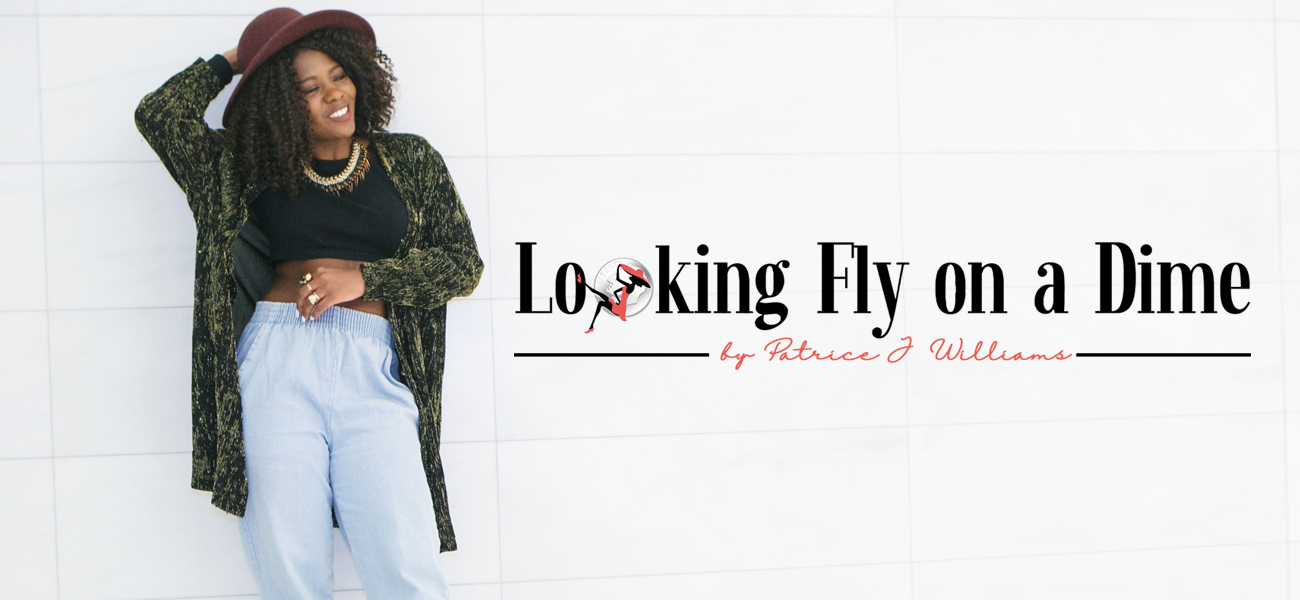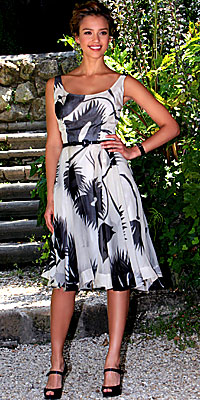
25 May Vintage Shopping Tips
 {Angelina Jolie in a $26 vintage dress from Wasteland}
{Angelina Jolie in a $26 vintage dress from Wasteland}
Last week I had a reader hit me up on a Twitter and she asked about vintage shopping tips. I’ve done posts on thrifting tips {like here and here} but vintage shopping is a bit different.
 {Jessica Alba in a vintage A-line dress from The Way We Wore}
{Jessica Alba in a vintage A-line dress from The Way We Wore}
Vintage clothing is typically defined as garments at least 20 years or older so you need to be extra vigilant when it comes to condition of the pieces and sizing can also be a bit tricky.
Check out these four vintage shopping tips.
Is it Vintage?
If you’re shopping at a thrift store that mixes modern and vintage pieces, you may be curious as to how to define vintage. The tags are usually your best way to identify it. They’re typically larger, the lettering is different and they’re not like the tags we currently see in stores. Check out Sammy Davis’ post on the 11 ways to know it’s vintage.
Sizing
Normally you look for the size to determine whether you’ll place a piece of clothing in your cart or not. Well, throw that notion out the window with vintage shopping. The sizing from decades ago is totally different from what we know today. A great example of this is Marilyn Monroe. She was a size six in her heyday but now she’d be considered a 10 or 12. Instead, grab what looks like it will fit and be sure to try it on before leaving the store. If you’re buying vintage online, like with Ballyhoo Vintage, pay close attention to measurements versus size.
Will You Wear It?
It’s easy to covet a one-of-a-kind piece, but ask yourself, will I really wear this? How will I wear it? Before dropping cash on a statement frock, ensure you can incorporate it in to your existing, contemporary wardrobe. That awesome 70s sequin dress may look great on a mannequin, but be sure you’ll actually rock it.
Examine Closely
With all secondhand clothing you want to inspect for rips, holes or stains, but you’re also looking for overall condition since the garments are decades old. Here’s what to look out for with specific pieces:
- Clothing: Missing buttons and broken zippers are easily replaceable and shouldn’t stop you from buying vintage wear, but if a piece is visibly stained {especially in areas like the armpit or sleeve}, let it go. Also, you should be able to tug on the clothing without it giving. If it has sequins or other forms of embellishments, be sure they’re all secure.
- Shoes: Besides checking for scuffs at the toe or insole, look at the heel. If it feels a bit weak or wobbly, put it back, unless you’re prepared to take it to your local shoe repair shop.
- Jewelry: Missing clasps or links can be replaced in a cinch but make sure all stones and gems are present and firmly in place.
- Purses: Look for cracks in leather, stains or fraying.
If you buy a piece that requires some repair, make sure it’s worth it. It doesn’t make much sense to pay more in repairs than the actual item costs. However, small fixes like a new zipper or buttons are well worth a few bucks.
Lindsey Turner
Posted at 17:09h, 25 Maygreat tips! Just found your blog and I’m really enjoying it! I also love to thrift and vintage shop! I have a blog called Thrift and Shout where I inspire others to look and live fabulously without spending a fortune!
Lindsey Turner
http://thriftandshout.blogspot.com
Looking Fly on a Dime
Posted at 20:18h, 25 MayThanks so much Lindsey and welcome to Looking Fly on a Dime 🙂
I’ll be sure to check out Thrift and Shout!